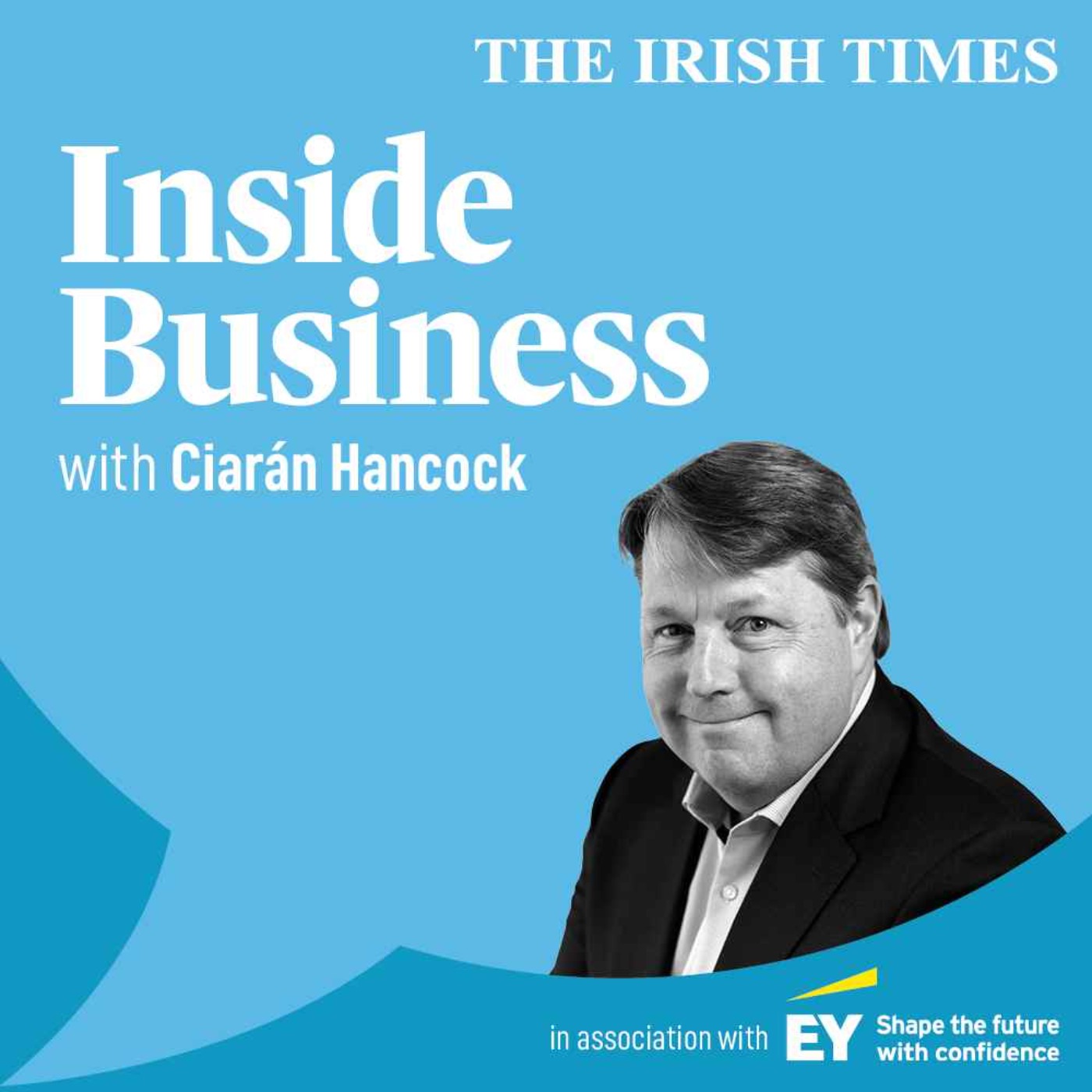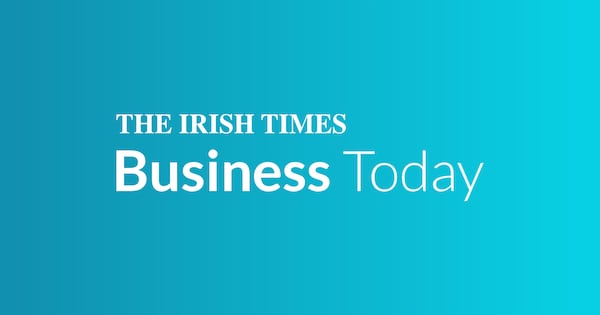The Republic of Ireland will be the fastest-growing economy in the world this year because of one company and two drugs.
Despite all the talk of Trump’s tariffs, US protectionism and the trend towards deglobalisation, we still reside in a globalised world, populated by behemoth companies that are themselves (in financial terms) the size of countries.
Apple’s annual revenue exceeds $400 billion (€345 billion), making it bigger than Pakistan and a little smaller than Denmark in income terms.
These firms, as we know from personal experience, have the financial heft to overwhelm national accounts.
READ MORE
Ireland’s leprechaun economics phase, coined after the economy grew by 26 per cent in 2016, came on foot of the iPhone giant’s decision to transfer a significant portion of its IP (intellectual property) here in 2015.
In a report on the likely impact of US tariffs on corporation tax here, the Irish Fiscal Advisory Council (Ifac) pinpointed another leprechaun in the national accounts, this time courtesy of pharma giant Eli Lilly.

Will Imagine’s big gamble double its customer base?
It traced the unprecedented surge in Irish exports earlier this year (exports rose by 153 per cent to €71 billion between January and May) to the spike in global demand for Eli Lilly’s blockbuster weight-loss drugs.
The company manufactures the active ingredients for Mounjaro and Zepbound at its plant in Kinsale, Co Cork, before shipping them to the US for further development.
These ingredients accounted for more than half the total of exports to the US during the period ($42.3 billion).
The Department of Finance expects the Irish economy to grow – in gross domestic product (GDP) – by almost 11 per cent in 2025, 11 times the rate of growth expected for the euro zone as a whole and more than five times the rate of growth the US is expecting.
This surge in GDP is almost entirely attributable to the spike in exports driven by – as the Ifac report details – Eli Lilly’s drug sales.
We initially thought the surge in exports related to the pharma sector as a whole rushing to place products in the US and inside the cordon of Trump’s tariffs but we now find it relates really to just one company’s attempt to elude Trump’s tariff dragnet.
The much-highlighted concentration risk at the heart of our corporation tax base is now mirrored in our exports.
Ifac’s report notes that corporation tax receipts tend to be more volatile than exports for two main reasons: some pharma products are much more profitable than others, and the timing of corporation tax payments does not always match when the exports occur.
Either way, Ireland is fast becoming a concentration risk itself.
While Ifac’s report highlights the upside risk to corporate tax receipts here with profits in the tech sector potentially benefiting from the AI (artificial intelligence) revolution and profits in the pharma sector likely to benefit from increased demand for weight-loss and other medications, there’s a sting in the tail.
This upside risk will amplify the concentration risk for the exchequer.
Several senior figures, and the Department of Finance itself, believe Ireland’s winning streak on tax and investment may come a cropper after 2030.
“The portion of corporate tax receipts currently deemed to be windfall are projected to decline between 2030 and 2040,” the department warned in a report last week that highlighted the challenges facing the exchequer in the coming decades.
This momentum shift could be quickened if Trump’s America-First agenda seeds into the body politic there.
But, as Ifac says, “for now, at least” things continue to look good on the tax front.
















